Badlands National Park, South Dakota

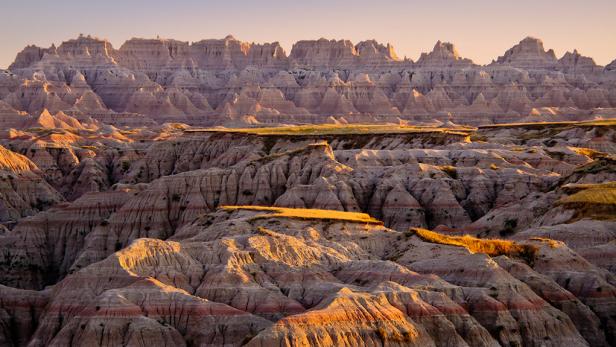
South Dakota Department of Tourism
Despite its foreboding name, Badlands National Park is a magnificent landscape teeming with jagged ridges, pinnacles, towers, buttes, ravines and gulches, softened by vast regions of mixed prairie grasses. This rugged topography, the result of powerful wind and water erosion, is composed of alternating layers of soft and hard rocks, and was named by early settlers as the "Badlands," a term used to describe similar geographies around the world.
Badlands National Park encompasses close to 243,000 acres in South Dakota, with some 64,000 acres designated as official wilderness. The park itself has been divided into multiple units, most notably the Badlands Wilderness Area, which has gained prestige for its reintegration of the endangered black-footed ferret into the environment. The park's Stronghold Unit is co-managed with the Oglala Sioux Native American Tribe, and was once the site of the now infamous Ghost Dances of 1890.
The Badlands is home to the world's richest fossil beds from the 23- to 25-million-year-old Oligocene era, and erosion of rock layers has made this natural wonder easily visible to the naked eye. Layers of rock stratification are visible in the tumbling landforms springing up from the earth, and the park's numerous hiking and biking trails have made exploration of this amazing landscape easy.
Geological History
"Badlands" is the term used to describe a landscape that has been formed by severe wind and water erosion, which, instead of forming rolling hills and valleys, carve the earth into sharp ravines, gullies, buttes, ridges and pinnacles. In order to form Badlands, the land must consist of alternating layers of hard and soft rocks and soil, and they develop in semi-arid climates where rainfall is sudden and strong, quickly eroding these alternating rock layers.
Park Activities
The greatest way to experience the geological wonders and fossil history of Badlands National Park is by hiking the park's many accessible trails. Incredible vistas of the White River Valley are found on the Cliff Shelf Nature Trail, a half-mile loop trail through a wooded prairie with boardwalks and steps created to protect the land's delicate resources. Geology lovers will enjoy the 3/4-mile Door Trail that winds through the Badlands through a break ("The Door") in the Badlands Wall. The Fossil Exhibit Trail is an easy hike exhibiting fossils of the ancient and extinct creatures that once inhabited the Badlands.
Where to Stay
A paragon of Western hospitality, the Triangle Ranch Bed and Breakfast is a cozy retreat tended by owners Kenny and Lyndy Ireland, who are quick to remind guests that theirs is a real Sears, Roebuck and Co. Honorbilt home. Four bedrooms, and one separate "Carriage House" feature everything from hand-crocheted blankets, claw foot tubs and sleigh beds, to authentic Western d��cor. Highlights include an eclectic series of tour packages such as the "Prairie Game Hunting Special" and the "If It Weren't for the Last Minute Special."
Nearby Sights/Side Trips
Upon its completion, the Crazy Horse Memorial will be the largest stone sculpture in the world -- all 4 heads of Mt. Rushmore will fit on Crazy Horse's face. Sculptor Korczak Ziolkowski was commissioned by Native Americans to create the sculpture, which is a work in progress. The memorial honors the courage and tenacity of Crazy Horse, who fought valiantly for the freedom of his fellow Native Americans. The memorial also features the wonderful Indian Museum of North America.
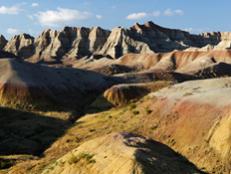
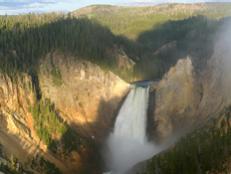
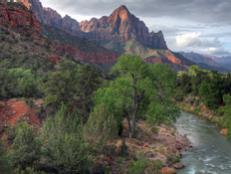
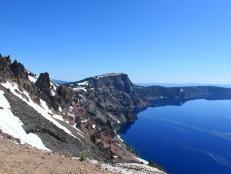
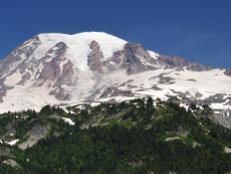
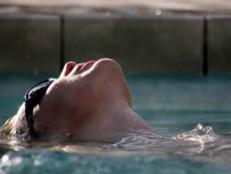
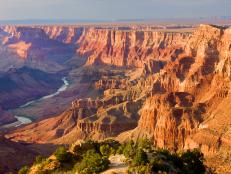
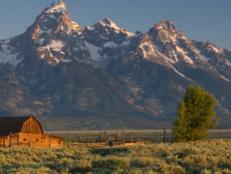
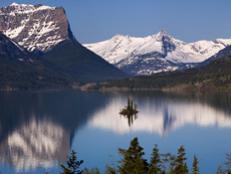
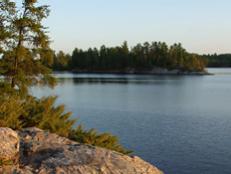
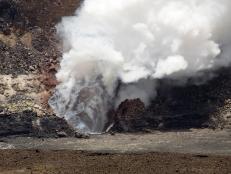
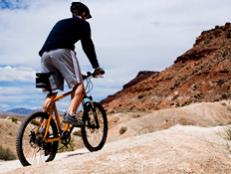
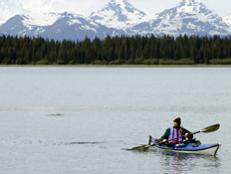
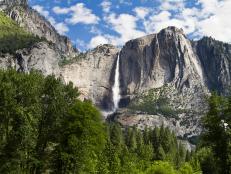
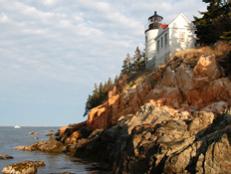
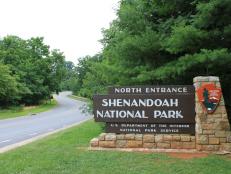
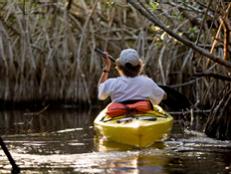
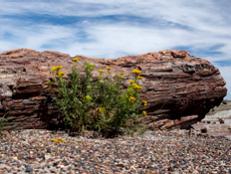
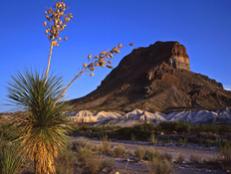
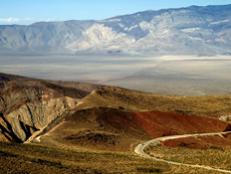
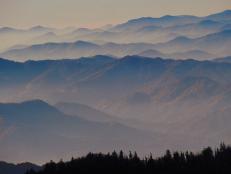
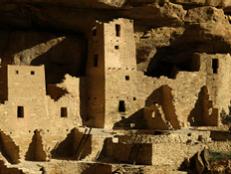
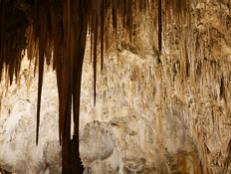
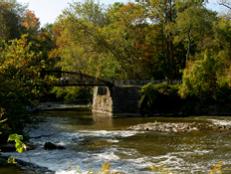
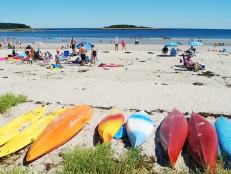
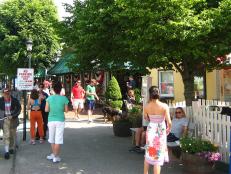


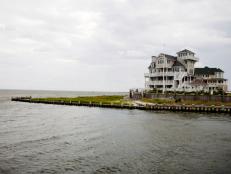

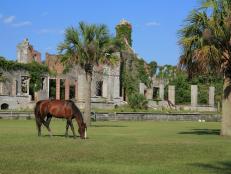



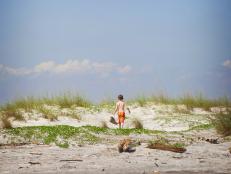
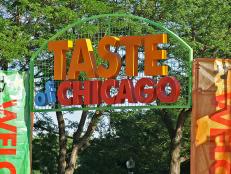
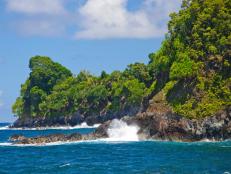
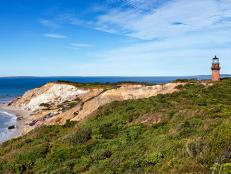

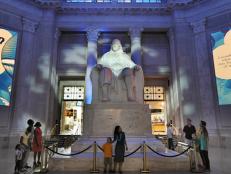


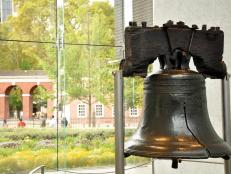


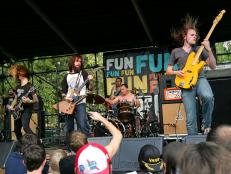

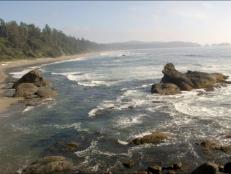
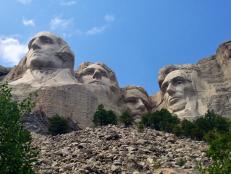
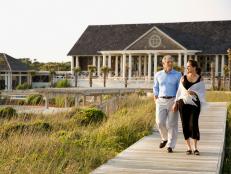

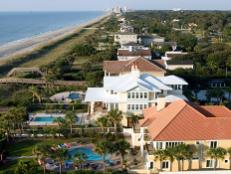

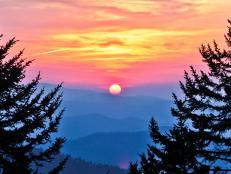
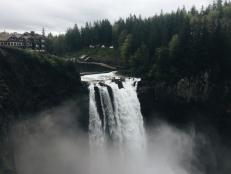
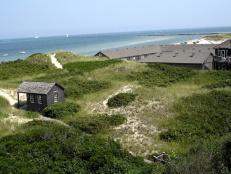
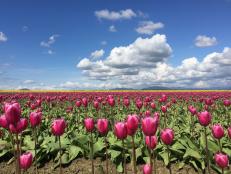
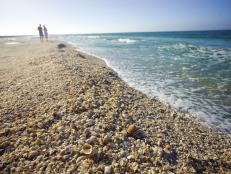

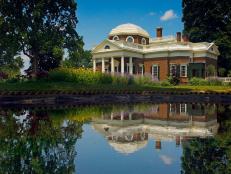


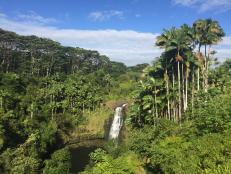

















.jpg.rend.hgtvcom.231.174.suffix/1674758726773.jpeg)











